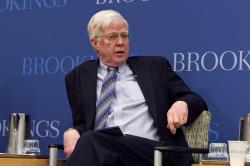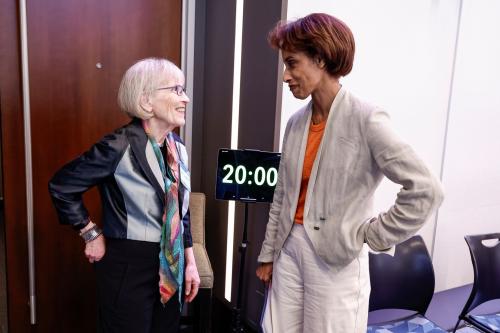This paper uses a panel data set of 85 countries covering 1960-2005 to investigate the macroeconomic linkages between national rates of saving and investment and population aging. The issue takes on added significance because of the recent suggestion that the decline in global interest rates has been driven by demographic changes in the industrial economies. We do find a significant correlation between the age composition of the population and nations’ rates of saving and investment, but the effects vary substantially by region. They are very strong for the non-industrial economies of Asia, but weak in the high-income countries. We also find evidence demographic effects on both the public and private components of national saving. Furthermore, we conclude that the demographic effects on saving will be less disruptive than sometimes believed because of offsetting declines in investment. However, the effects on saving are stronger than those for investment, implying that most aging economies will ultimately be pushed in the direction of current account deficits.
In contrast to some of the recent discussion, we find that demographic change is already exerting a downward pressures on saving in the high-income economies and that the current evidence of a global saving glut is related more to the weakness of investment – particularly in Asia – and the high short-run saving of the oil producing countries. We conclude with a discussion of why the effects appear to be so strong in Asia.



